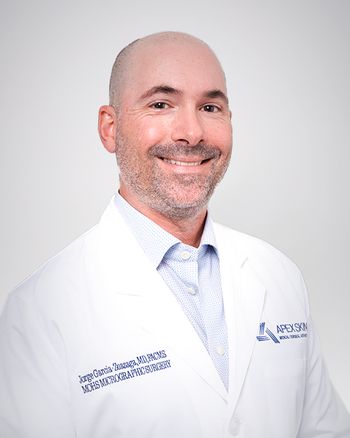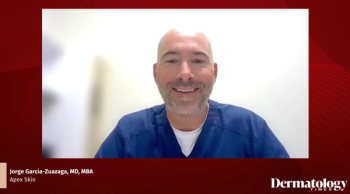
Cutting to the chase: A look at 2007 proposed Medicare reimbursement cuts
But when it comes to 17000 and Mohs codes, used almost exclusively by dermatologists, Dr. Pariser says, "We have no one with whom to form alliances. We're stuck out on our own."
For 2007, "The important bad news is the decrease in our sacred cows, destruction codes 17000 through 17004 - which dermatologists use most frequently," says David M. Pariser M.D., professor, department of dermatology, Eastern Virginia Medical School, Norfolk, Va., secretary-treasurer of the American Academy of Dermatology (AAD) and a dermatologist in private practice.
Originally, CMS reported it would cut reimbursement for these codes by 50 percent, he says.
The reality
He adds that at press time, CMS was in the process of determining reimbursement for redefined Mohs codes 17311 through 17315.
Dr. Pariser tells Dermatology Times he estimates that reimbursement levels for these codes will change by amounts ranging between a 5 percent increase for second stages to cuts of 15 percent for stage 1 head and neck procedures and 25 percent for stage 1 trunk and extremity procedures.
Such changes "don't just happen out of thin air," he emphasizes.
While a clear, objective methodology guides Relative Value Update Committee (RUC) decisions in theory, "The reality is that these decisions are made by 26 specialists sitting around a table with their laptops running," Dr. Pariser says.
Whenever a code comes up for review, he adds, "They all start looking to see what they do that's worth the same amount of reimbursement that's being proposed. CMS actually made a very brilliant decision in having a group of doctors - the American Medical Association RUC - decide on relative values, because doctors are much harder on each other than CMS ever could have gotten away with being."
In setting reimbursement levels, intra-service work represents the most important element that the RUC considers, he says.
"In other words," Dr. Pariser explains, "for how much time and work does the doctor personally have his or her eyeballs on the patient?"
As a general guideline, he says the CMS system values this time at approximately $5 per minute.
"So if one wants to justify that something is worth $50," he says, "one must justify to other doctors' satisfaction that it takes 10 minutes to do it."
Divvying up the pie
Because the overall reimbursement pie is only so big, Dr. Pariser notes, RUC members realize that "Every penny they give to somebody else is a penny taken away from them in some way."
In this climate, he says that specialties that share the same code frequently work together at preventing cuts or justifying increases. But when it comes to 17000 and Mohs codes, used almost exclusively by dermatologists, Dr. Pariser says, "We have no one with whom to form alliances. We're stuck out on our own."
CMS good news
However, he says, the CMS fee schedule does contain some good news for dermatologists.
For starters, Dr. Pariser says dermatologists must be aware that starting in 2006, CMS changed how the size of an excision - and therefore its associated reimbursement - is calculated, for the first time taking surgical margins into account.
Newsletter
Like what you’re reading? Subscribe to Dermatology Times for weekly updates on therapies, innovations, and real-world practice tips.
















